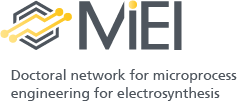
Fraunhofer ICT coordinates the MiEl Doctoral Network and is active in the fields of electro-organic synthesis of reactive intermediates and reaction process screening and monitoring.
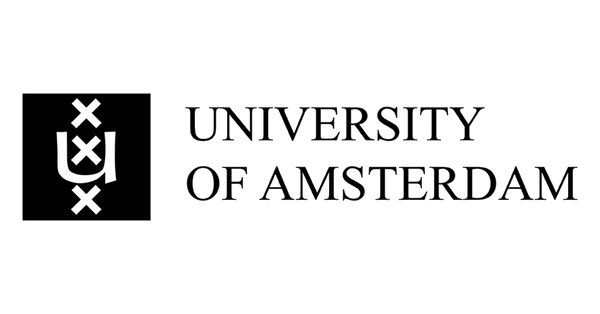
The Flow Chemistry group at University of Amsterdam will focus on the development of new synthetic methodologies that benefit from electrochemical activation. Scalable solutions will be provided by using electrochemical microreactors.
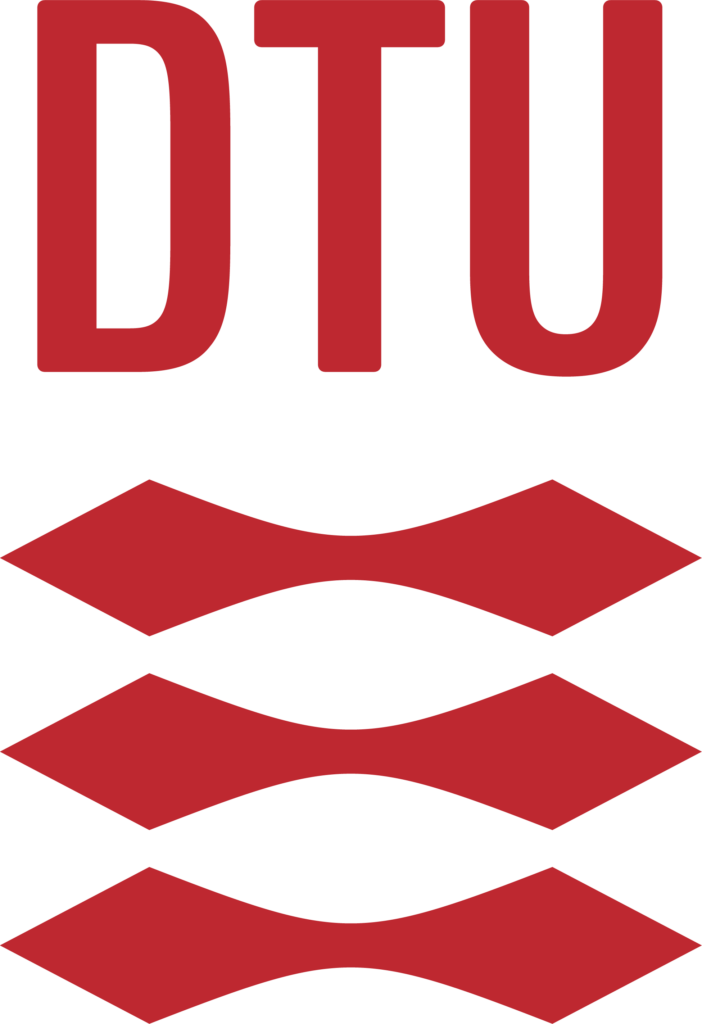
DTU will develop a customized methodology for early-stage costing analysis for electrosynthesis based production systems.

The University of Continuing Education Krems is leading work package 5 of the MiEl Doctoral Network and will be responsible for the development of PCB-based electrochemical cells and electrochemical sensor concepts.

The research task within MiEl aims at obtaining accurate process information for feedback control and finding of boundary conditions of the microfluidic electrochemical cells used in the production of fine chemicals and pharmaceuticals.

eMOCA at IPCM is active in the fields of molecular electrochemistry and in particular on the study of activation processes of small molecules by metal complexes catalysts and the development supramolecular assemblies for electro-catalysis.
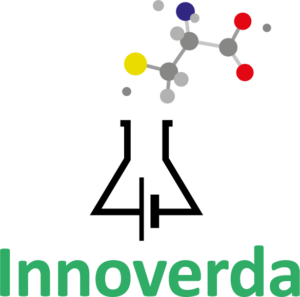
INNOVERDA is active in the field of electrosynthesis and will manage one of the research projects dedicated to the development of sustainable processes for production of pharmaceuticals, and offer in this context a position for a PhD candidate.

As an industrial partner, eChemicles will be focusing on additive manufacturing techniques for electrochemical cells, hosting a doctoral student with the project Design and fast prototyping of electrolyser cells applying 3D printing technology in WP5.

Janssen hosts one Doctoral Candidate at its site in Beerse, Belgium. We focus on the applications of (flow) electrochemistry to explore new chemical space for supporting medicinal chemistry projects.
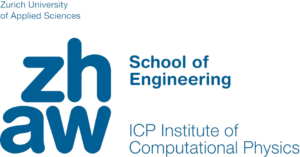
- associated partner -
ZHAW is leading the work package on mathematical modelling and numerical simulation on different scales. This includes the modelling of porous electrodes, mesoscale modelling, and continuum scale flow cell modelling.
